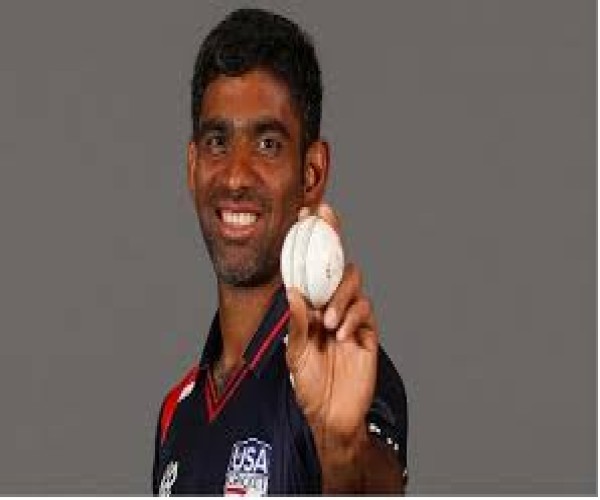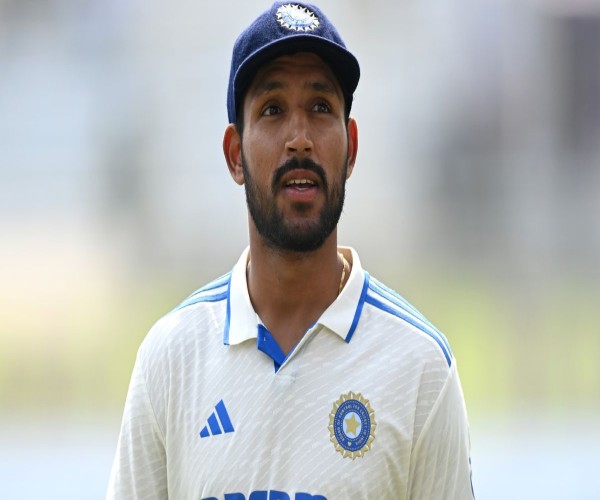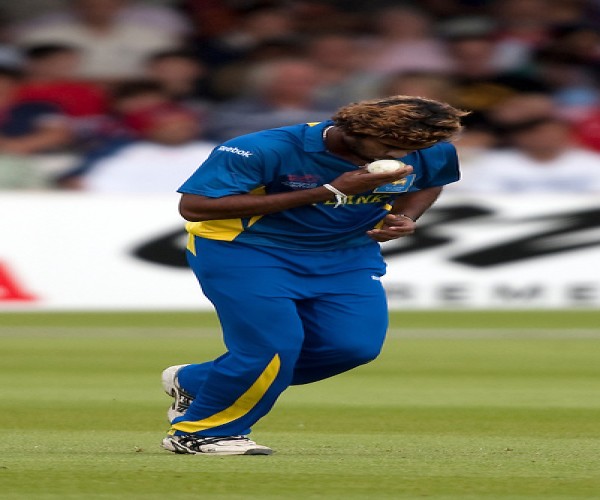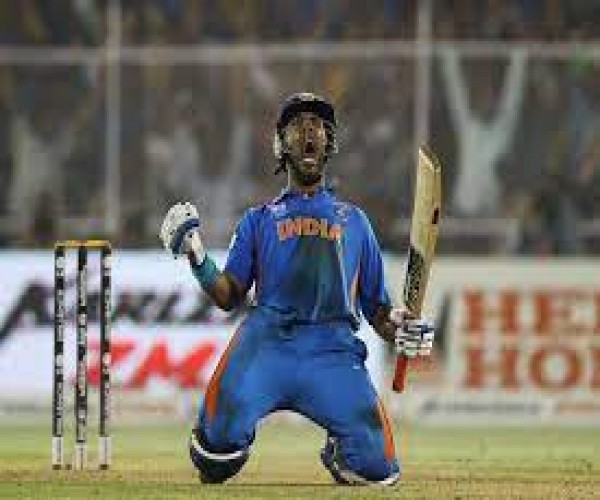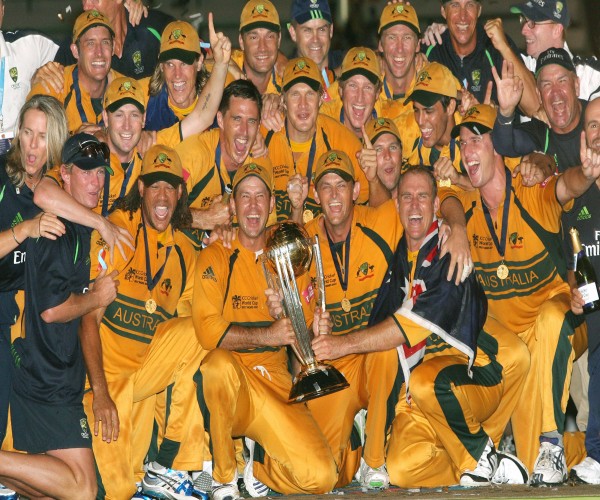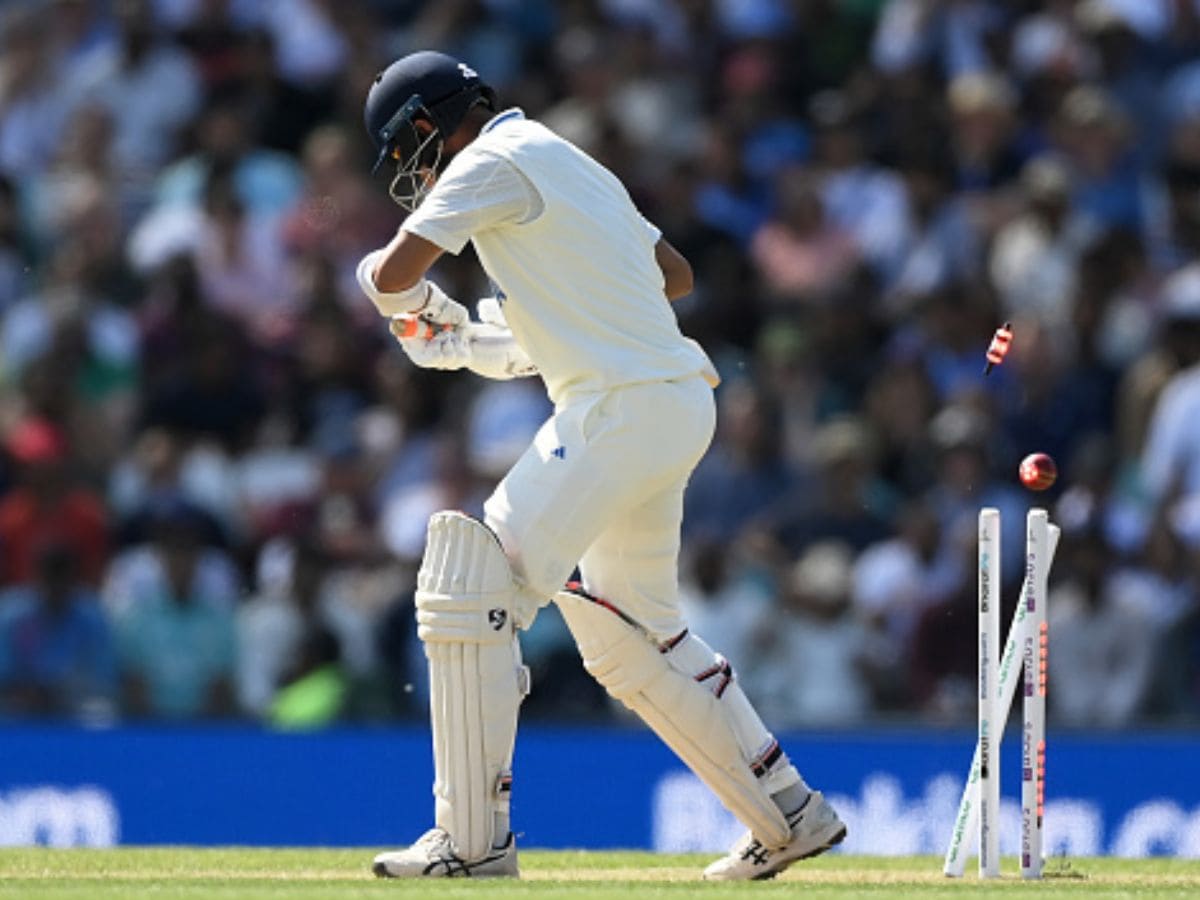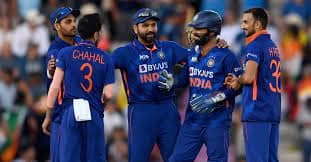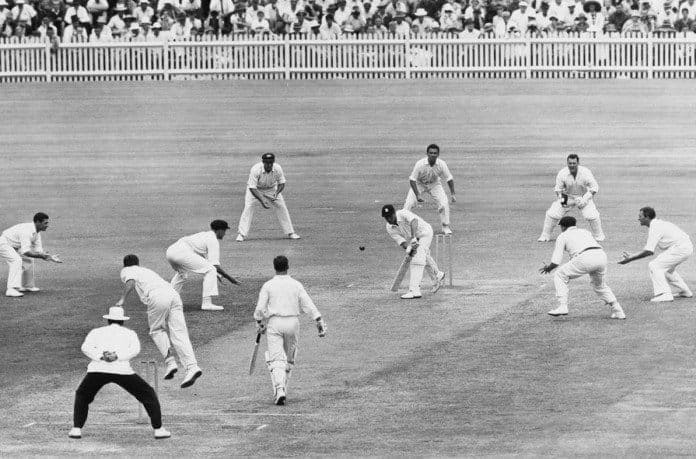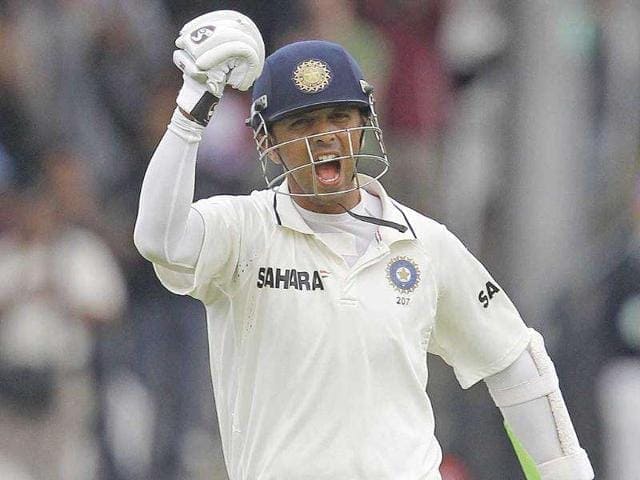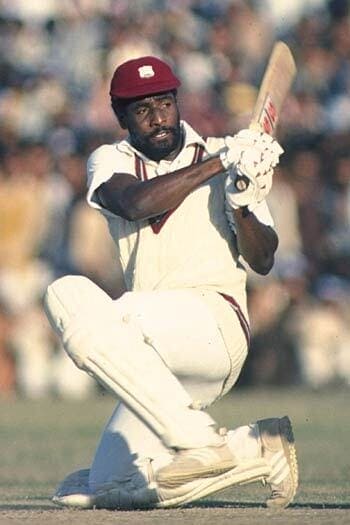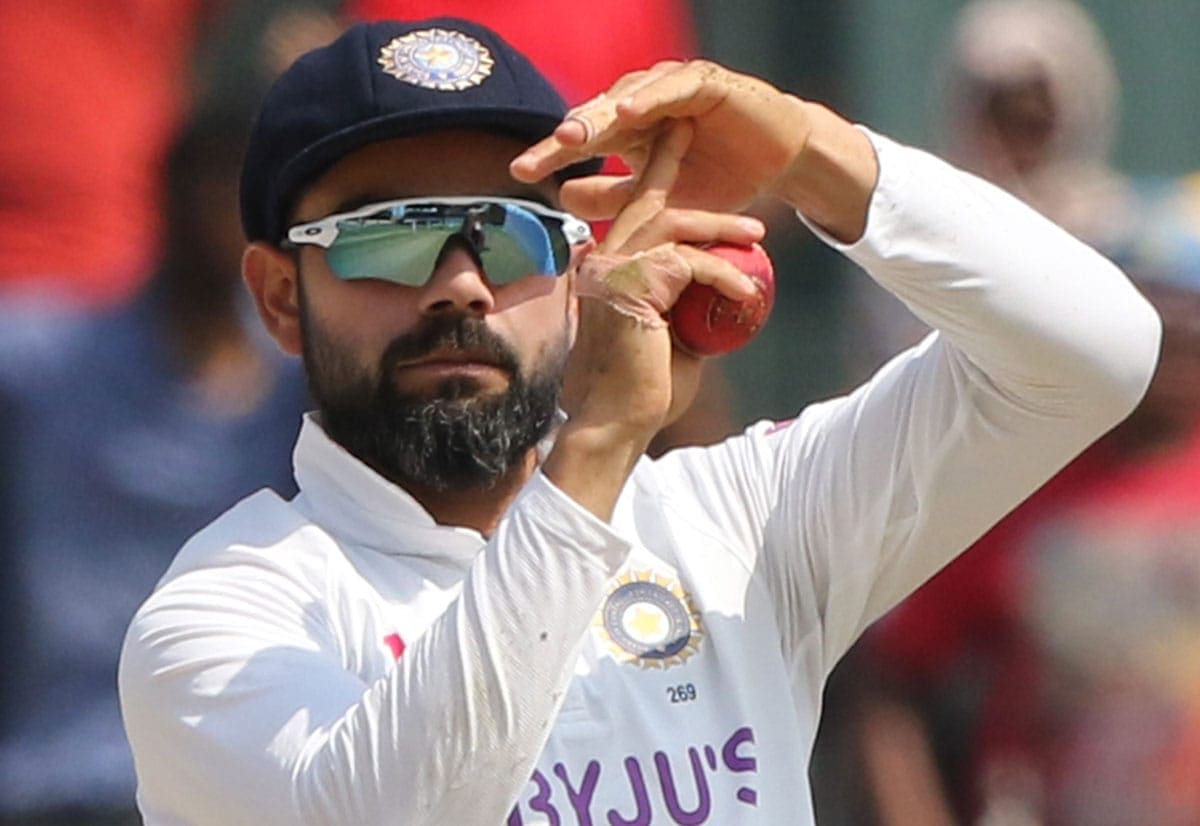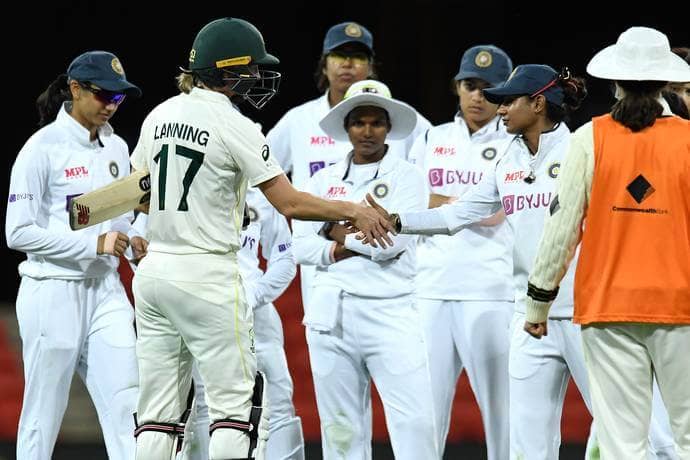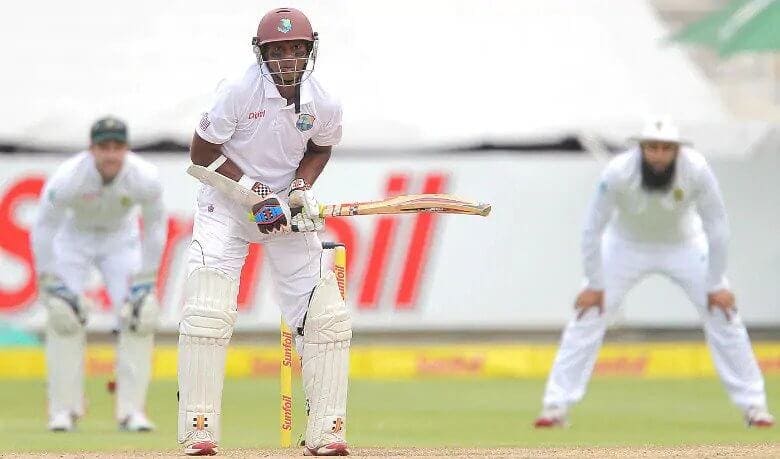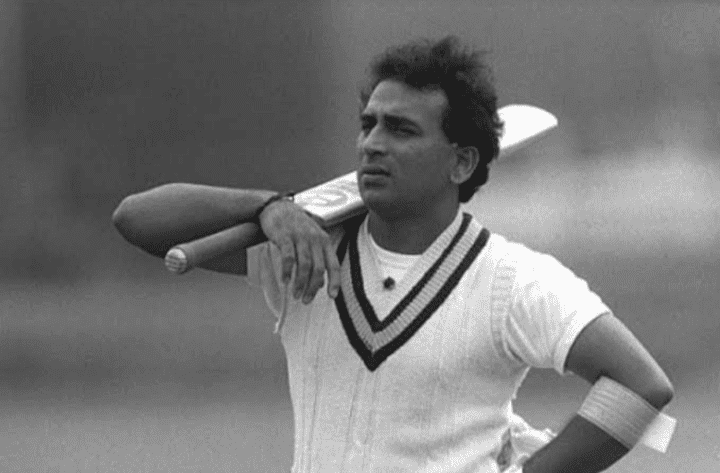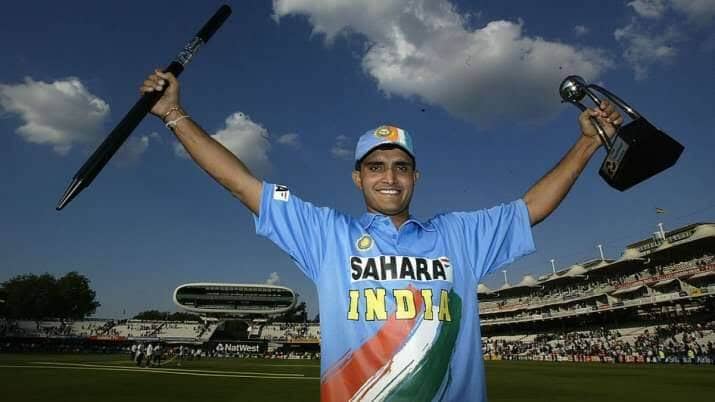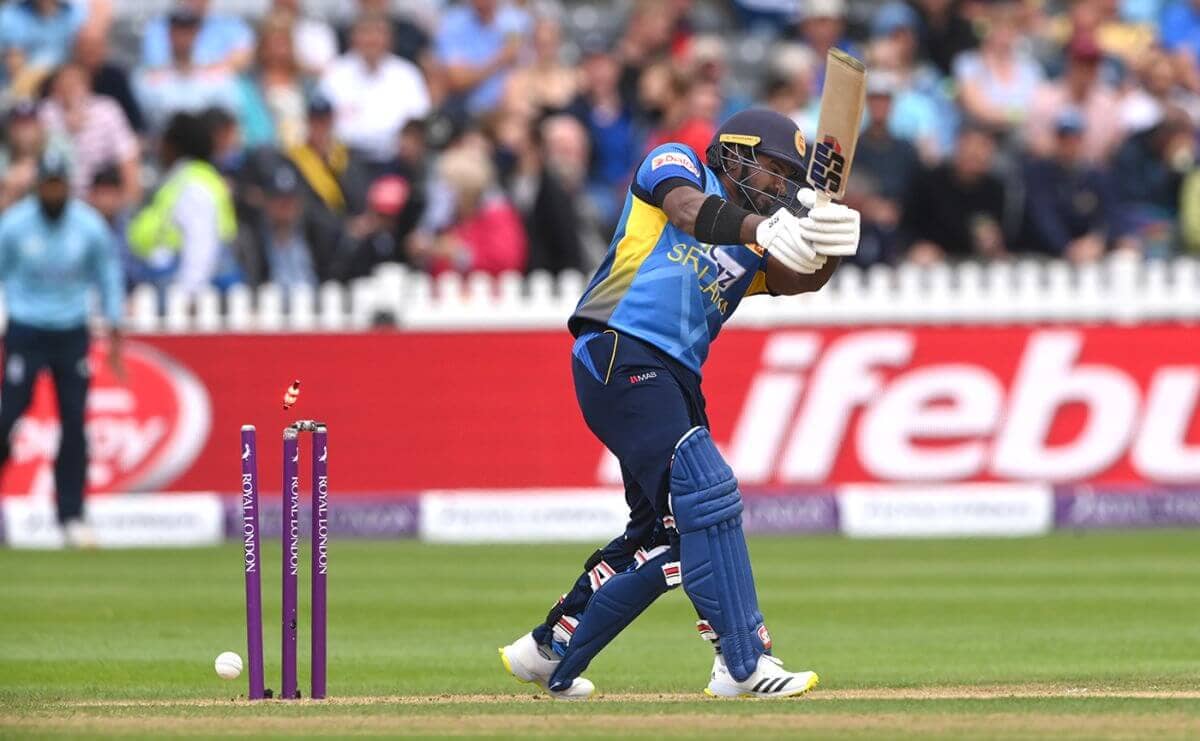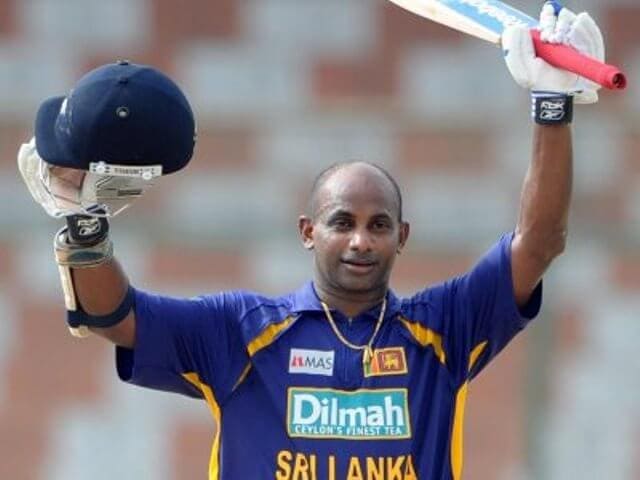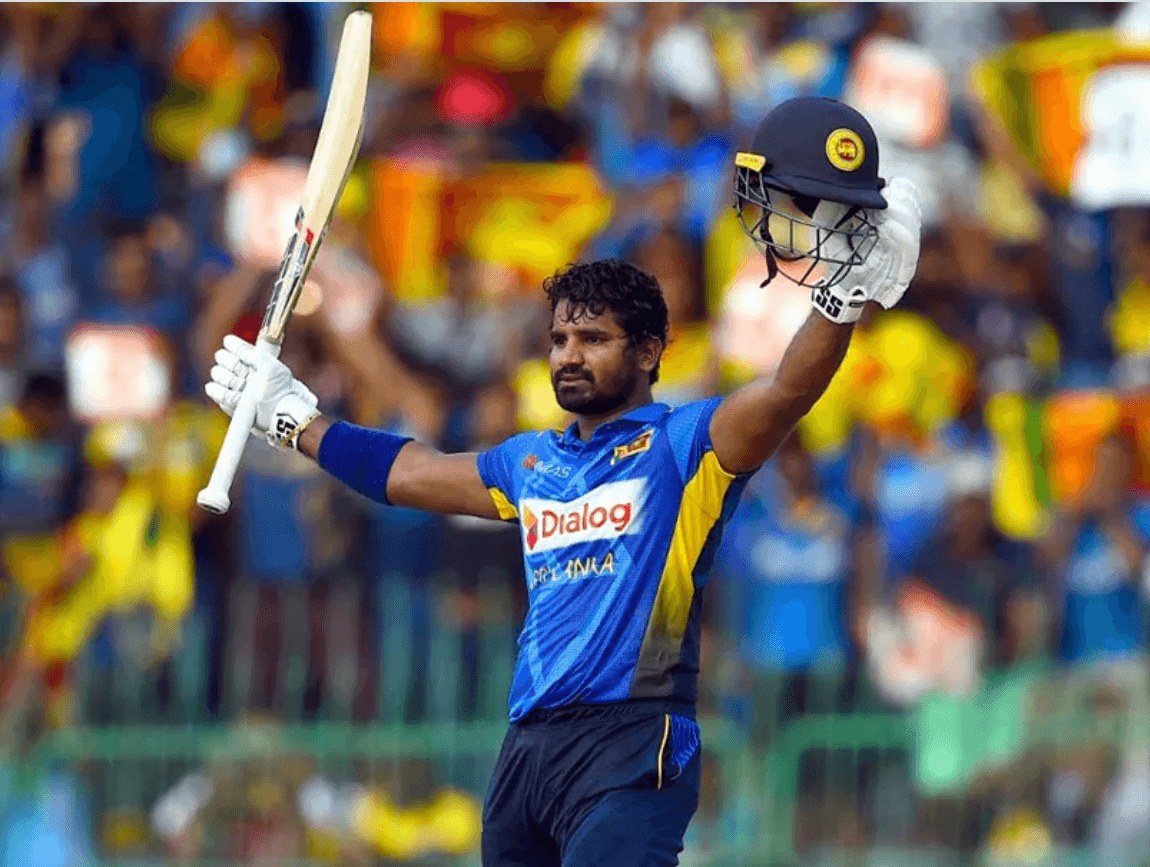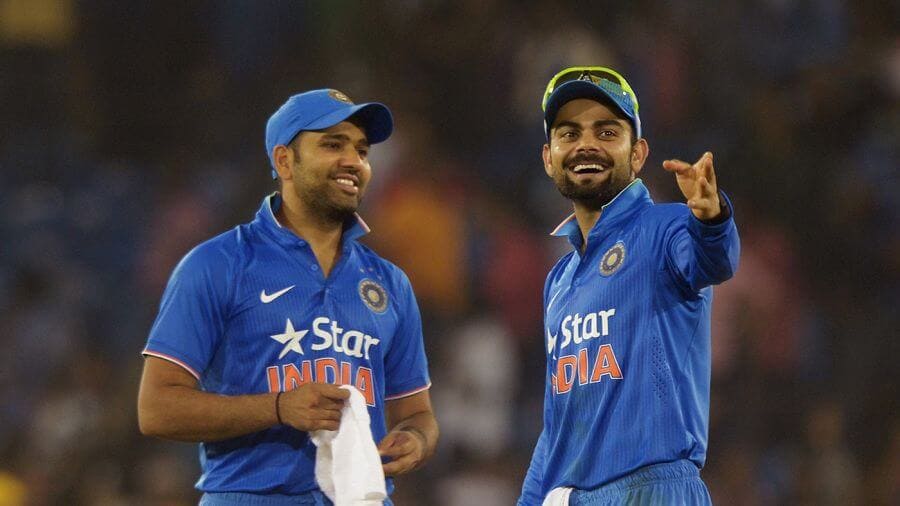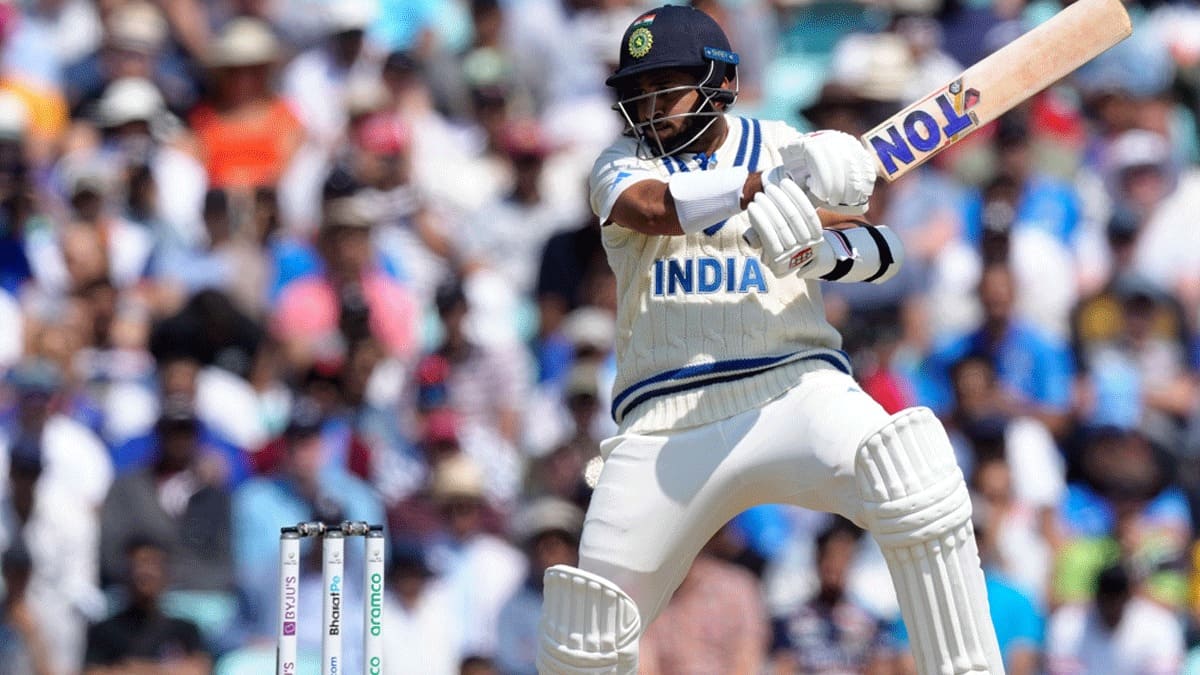
At the end of day 3, Australia are 123-4 in their second innings and lead by a mammoth 296 runs, a lead that in itself will be quite an ask to be chased down by the Indian batters. After conceding 469 and being skittled for a modest 296, India have loads of catching up to do in the proceedings of the World Test Championship (WTC) Final being played at the Oval.
In this column, we will discuss the best possible approach for the Indian batters to opt provided they are extremely likely to be slotted to face the uphill challenge of chasing a target in the cauldron of roundabout 375-425.
The highest chase in Tests at the Oval is a bare 263 which came way back in the 1902 Ashes where England huffed and puffed their way to an iconic victory by a solitary wicket.
The bigger question that arises is that with all the odds being stacked up against India, how should India approach their roundabout 400-run chase emerging on the cards with most of their recognised batters not being in the greatest of forms off-late in the longest format of the game?
THE LONGER YOU STAY BACKED UP IN A CORNER, THE MORE OPPORTUNITIES YOU GIVE THE OPPOSITION TO LAND THE KNOCKOUT PUNCH
The above statement holds extremely true in the current conditions at the Oval. Test cricket not only teaches us key values such as resistance, persistence, patience, and perseverance but it also teaches us adaptability. It is the only format where a Pujara is as relevant as a Pant.
Q: Do you wish to indicate that India should approach the chase the Bazball way like the England Men's Test side?
A: Absolutely, England have played 13 Tests with this approach since the start of the 2022 season and have won 11 of them. Of the two defeats they got, they lost a game by a bare solitary run against New Zealand down under, what could potentially have been yet another fantastic chase. At home, England played 8 Tests and won 7 of them.
It was expected that they would re-model their approach away from home but that wasn't the case as England continued with a similar template in New Zealand and Pakistan. On the spin-friendly wickets, they whitewashed Pakistan in a 3-match series and it became the focus of Test cricket. Bazball is an all-encompassing style of cricket that starts before the players even set foot on the field. It focuses on positive, carefree cricket and does involves its own set of risks.
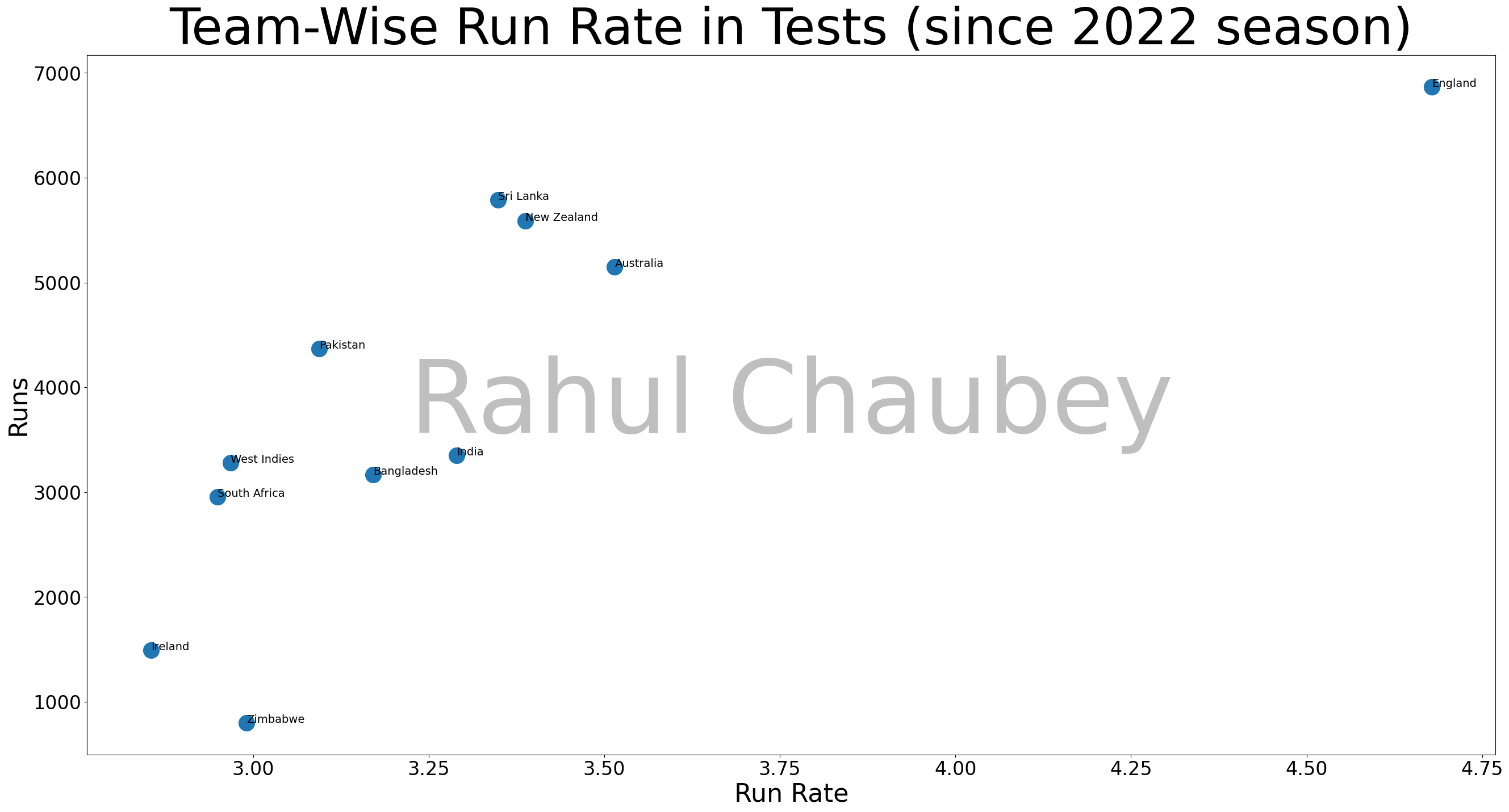

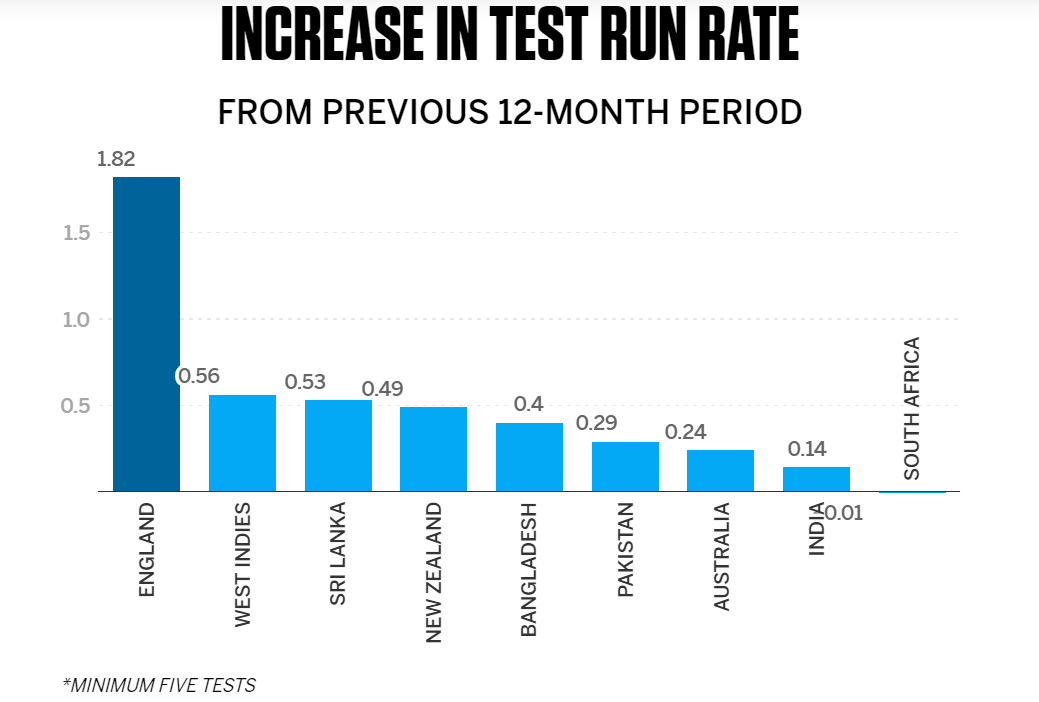
As it is very clear from the above images, England are actually present in another universe with respect to batting aggressively in Test cricket.
To gather more insights about this, read the given blog by touching/clicking below:
Analytical Overview - How much has Run-Rate in Test cricket really evolved? Future of 'Bazball'?
It may come to our reader's minds that India should look to build their own template rather than copying someone else's but as a matter of fact, it doesn't matter whether you copy or not, what matters are the results that you get by taking the template's implementation to another level. Australians copied the Sri Lankan way of going hard in the powerplay in ODIs and replicated it in a better way and as a result, Sri Lankan victory in the 1996 Cricket World Cup was followed by Australian triumphs in the next 3 consecutive editions of 1999, 2003 and 2007 respectively. Moreover, India doesn't need to implement it every single time but it's definitely the need of the hour considering how the proceedings have panned out on the first three days of this all-important Test.
England have already proved their template to a significant extent, especially at home and it's India's turn to emulate it if they wish to be crowned the World Test Champions.
Q: The ball is swinging both ways and the wobble ball is not something Indian batters seemed to be at ease with. Taking such an approach could be tremendously risky as someone like Scott Boland can single-handedly run through the Indian lineup with his jaw-dropping control and ability to bowl the wobble ball at a great pace which left even someone like Shubman Gill, who is in the best phase of his life till date, awestruck.
A: The Bazball approach is all about batting somewhat like an ODI and definitely not T20I where batsmen are continuously on the lookout for sixes. The key for India to emulate the Bazball approach would be to not primarily look for sixes but also not to refrain from playing aerial strokes in the lookout for fours. The idea is to concentrate on playing a high percentage of strokes with a horizontal bat which presents a relatively lesser risk of edging the ball to the keeper or slip as compared to playing with the straight (vertical) face of the bat. Irrespective of the usage of the horizontal or vertical bat, the batters should play brutally power-paced strokes in vacant regions whilst looking for fours as someone like Shardul Thakur or Ajinkya Rahane did in the first innings. The ideology behind that is for the ball to carry over the slips or gully in case of an edge. Even in the worst scenario, the fielder will need to pluck a screamer out of thin air somewhat similar to what Green had to do to get rid of Rahane. Though Green got hold of it, to replicate the effort even 3-4 times in an inning would be quite an uphill task for the fielding unit and that's where the odds will start playing in favour of the batter.
The focus should be on not letting someone like Scott Boland or anyone settle on one length and the best methodology to approach that is to constantly shuffle be it down the track or sideways. It does sound absurd, right? But there's data to back up this claim.
While only exactly half the batters in Tests have an inception point at 2.25 metres or beyond whilst facing 10% of the deliveries against pacers in Test cricket, England alone have 6 batters facing over 15% of the deliveries in Test cricket at an inception point of 2.25 metres or beyond. Mind you, 2.25 metres is a great amount of distance to come down the track whilst facing deliveries in the vicinity of 130-150 kmph but England did that and as a result have the players with one of the highest strike rates currently who don't let the bowlers settle down at all.
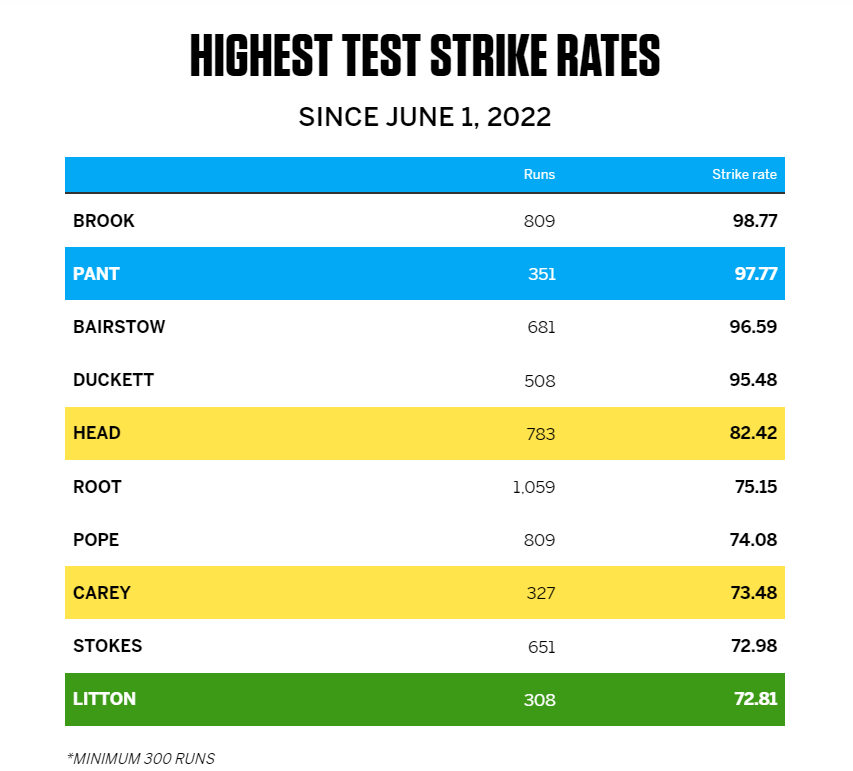
There's no organization in the world that measures the amount of shuffling a batter does whilst coming down the track if the batter misses a delivery as the only method to make a rough idea of the stride that the batter took to come down the crease is to see the inception point of the ball with the bat. In case of sideways shuffling, no organization measures it at all in any manner from where it can be derived and England are mighty shrewd to make full use of that. Another advantage with such an approach is that if one somehow crosses the 3-metre mark then they also take LBW out of the equation as per the ICC laws. The stroke at over 52.2 by Harry Brook off Neil Wagner in the video embedded below will make our readers understand how shuffling sideways can help convert an above-par delivery into a dolly asking to be hit.
The current conditions demand for India to bat in a more Pant-like manner. Probably, someone like Pujara who doesn't play the IPL or even white-ball cricket should be allowed to bat in his natural manner but barring him the message in the dressing room should be very clear for everyone involved.
Another major change in approach that India would have to do is to play at virtually everything and not shoulder their arms to the one that comes on the 4th and 5th stump. The reason behind that is Australia possess an amazing pace quartet that covers all the verticals where Pat Cummins moves it both ways, Mitchell Starc brings the odd one back in, Scott Boland has amazing control and discipline to hit the same lengths and his wobble ball is the one to watch out for while Cameron Green is the one whose primary roles is to give others a decent rest before the next spell whilst keeping a check on the flow of runs and if a wicket comes off him they consider it to be an added bonus. In fact, Scott Boland to the surprise of many has the third-lowest career bowling average (14.5) in the history of the game, only behind George Lohmann (10.75) and John Ferris (12.7).
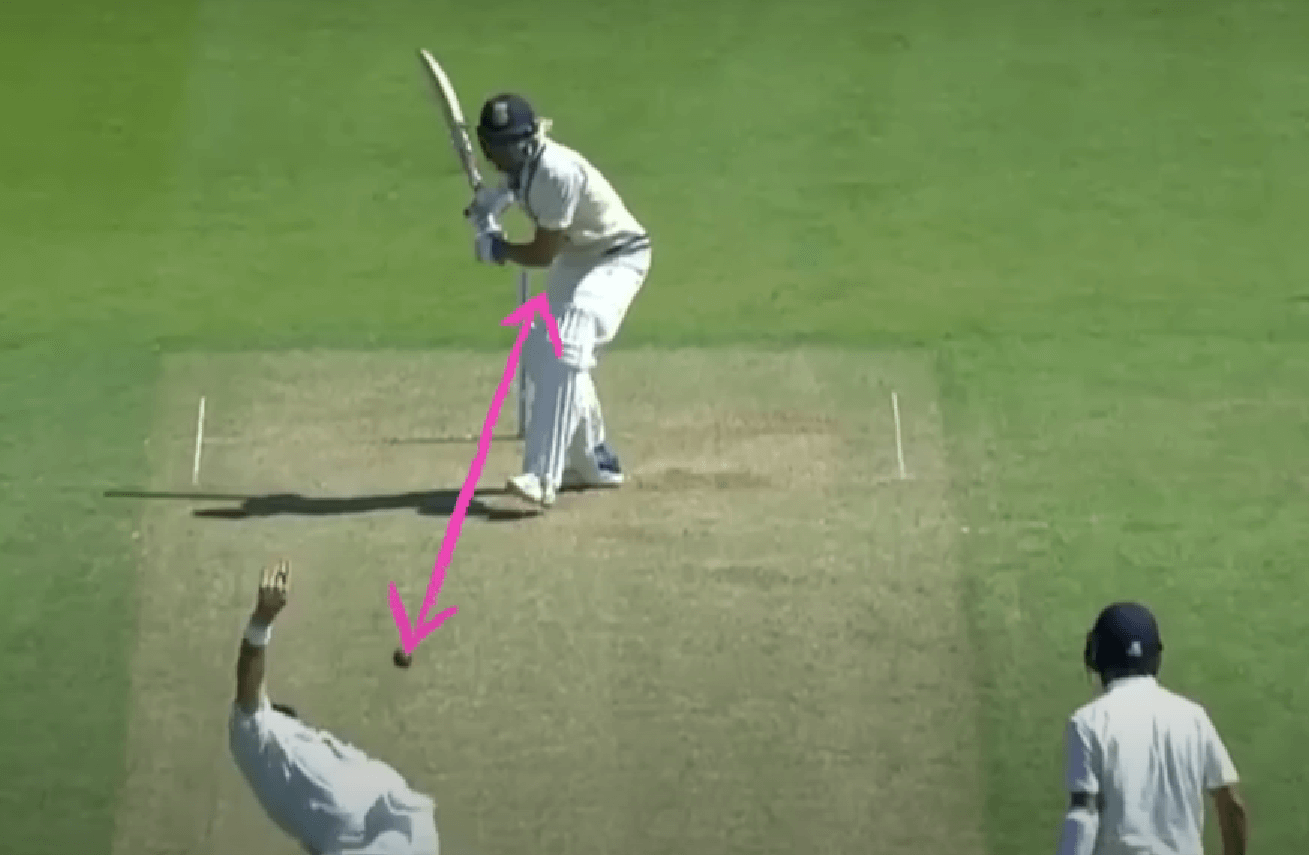
Given above is the delivery on which Shubman Gill was dismissed in the first innings. As per the AI prediction model developed by CricViz, all the batters in the world combined would average a mere 0.5 runs (yes, you understood it right, it's runs per dismissal itself) to this particular delivery. In such an exceptional scenario, it would be only unfair to criticize the batter but one also can't take such excuses with them as the cause of defeat so the best way to counter a delivery against which all the batters in the world combined would average 0.5, is to break the shackles of traditionalism as it's the past data and techniques used by the earlier batters itself on which the AI-prediction model works and only if one tries a fresh approach is when we can expect fresh results, otherwise something like 0.5 is there for the taken on such jaffas. It's akin to facilitating a new questionnaire altogether when one is unable to find answers to the actual questionnaire.
If the past batters with way superior defensive techniques combined would average 0.5 on this delivery, then it is only unfair for us to expect from the players of this generation to be able to survive it by following the same methodologies with a relatively inferior defensive technique as to what their seniors possessed and the only way to change is to try a fresh approach as the one England are opting for.
Shouldering arms to such deliveries can prove to be extremely costly as there will be deliveries with your name on them if one plays with the traditional approach, the only way to escape it is to not leave anything that comes around off and play horizontal-bat/cross-batted shots by shuffling sideways. Gill and Pujara were dismissed while shouldering their arms while Kohli was caught while fending one off the straight bat while Rohit Sharma was caught inside the crease on his backfoot and was trapped on his legs which could easily have been avoided with a bit of footwork.
Cricket has always been a game of uncertainties and anything might happen on the final two days of play but the most likely outcome by a far margin is for Australia to win this Test and India need to dish something out of the box to come out of the shell they find themselves in. As explained above, they should walk out without worrying about the outcome and the backlash they might face in case it all doesn't work out and should look to perform a methodical act of madness rather than bat traditionally (which would in my expertise invite a certain defeat) in order to achieve something exceptional as the famous proverb goes:
PURE GOLD DOES NOT FEAR THE FLAMES
The mantras stated above on the basis of data/arguments for the Indian batters to face the Australian pace attack have been summarised in bullet points below:
-
Play with the Bazball template - Hit boundaries to open the field and once it opens up, encash on easy singles, doubles and odd boundaries.
-
Minimize blocking (leave or look to score).
-
Don't leave on the 4th and 5th stump line.
-
Keep shuffling more often than not - Be it sideways or dancing down the track.
-
Try to play as much as possible with a horizontal-faced bat - Maximize the use of cross-batted strokes.
-
Be more four-oriented than six.
-
Whilst looking for fours, try to muscle the ball with power-packed strokes with brute force way more often than looking for purely-timing oriented deft touch boundaries.
The first task that lies in front of India is to skittle Australia down today for as little as possible and then to keep the above points in mind during the chase. They should also be wary of Lyon who can be extremely handy in the 4th innings. Still, the main threat that awaits India is the Australian pace attack and if the Indian batters manage to keep a check on them, we could still be in for one heck of a contest.


